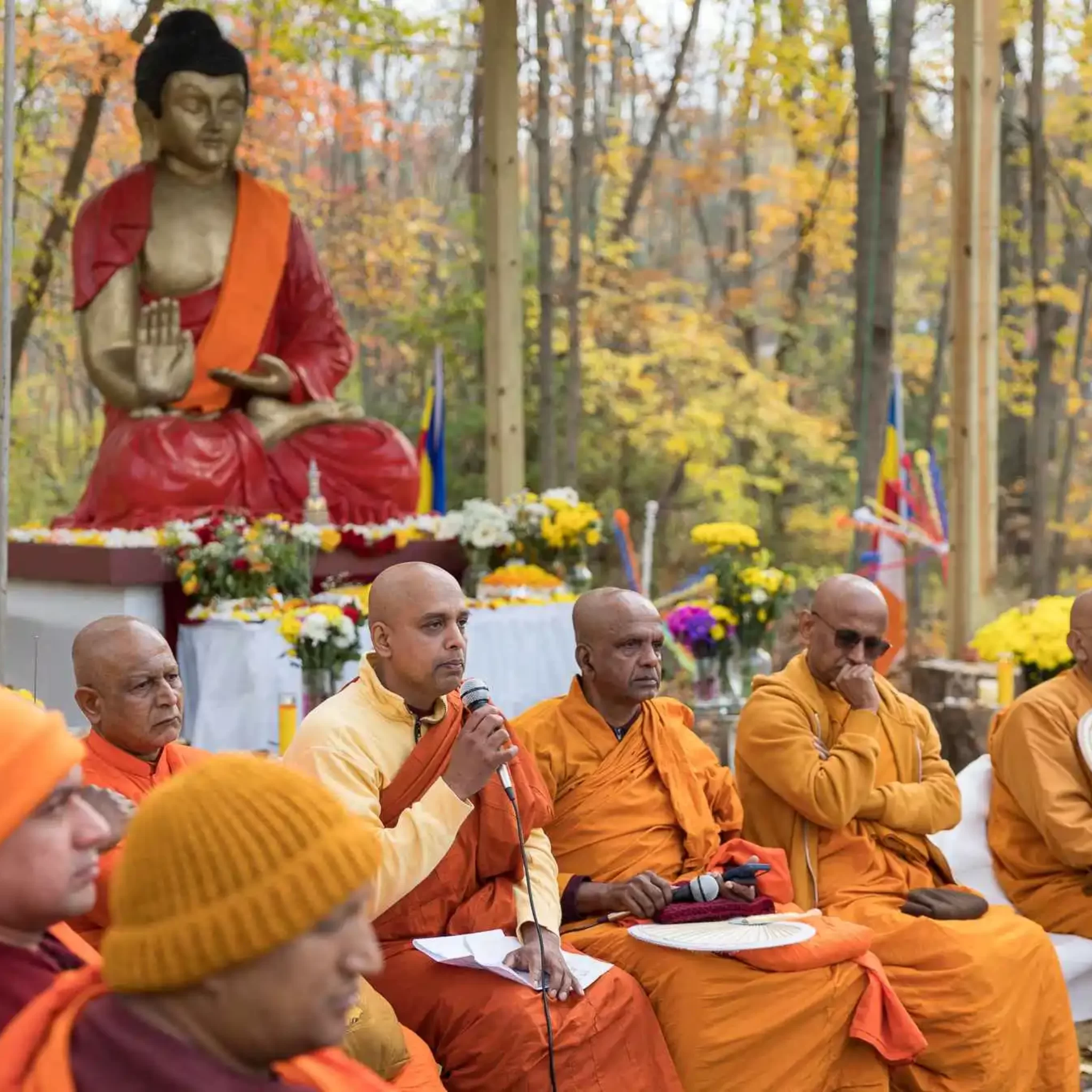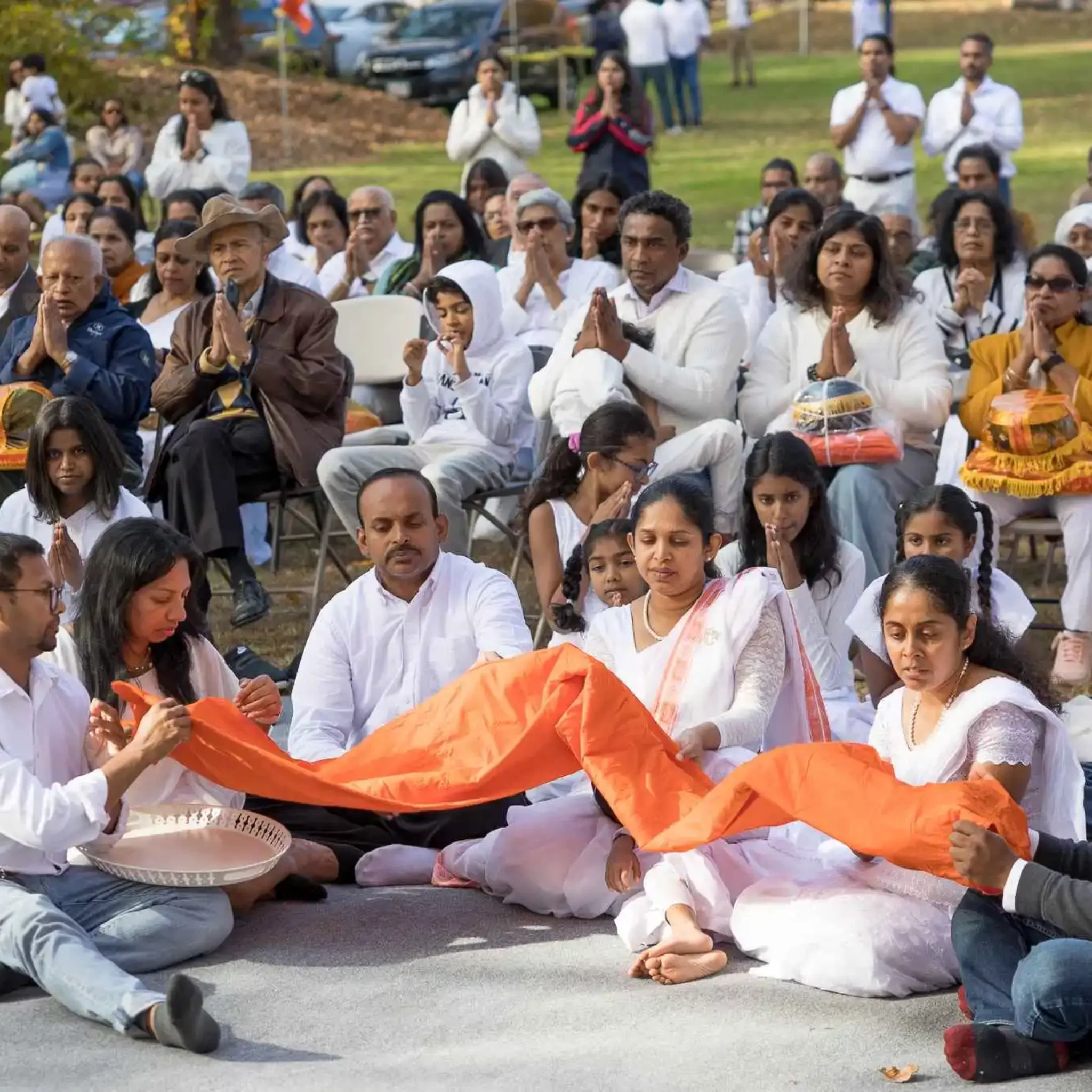Introduction to Meditation
In general, meditation is a method of gaining control of your mind so that you may remain more focused and aware of both your mind and your body. Meditation is used to relax the mind and improve general well-being. Meditation has a long history that predates Buddha’s time by thousands of years. Siddhartha Gautama, often known as the Buddha, practiced various meditation practices prior to attaining enlightenment on his own. Meditation enabled Buddhas to concentrate more on the path to enlightenment.
Buddhist meditation practices are commonly used to enhance concentration and awareness by concentrating the mind on a specific object, such as the breath, a sound, or an image. The goal of this meditation is to stop the mind from racing in an aimless stream of ideas and to calm the mind in a condition that provides better awareness, mental tranquility, concentration, and spiritual satisfaction. This technique is meant to improve attention, insight, and mindfulness.
The Dhammapada, an ancient Buddhist book, also says that our mental states are the key to everything in our existence. Those mental states formed by the mind lead to pleasure or suffering depending on whether one talks and acts with a pleasant or polluted mind. If our thoughts and actions are pleasant, we will live in a totally different world than we do today.
Samatha and Vipassana are the two basic kinds of meditation.



What is Samatha meditation?
Samatha denotes mental tranquility or conscious tranquility. Samatha refers to practices for relaxing the mind. The most common kind of meditation is Samatha meditation, which trains the mind to focus on a single object of awareness. One of the most important tools for this is awareness of breathing. Samatha is often done before and in combination with wisdom practices. This entails growing compassion, kindness, and love for oneself and others. This exercise may assist to diminish emotions of resentment, rage, and envy while increasing feelings of connection and empathy for others.
What is Vipassana meditation?
Vipassana is defined as having clear insight or seeing at something with clarity and precision, perceiving each component as distinct and independent, and piercing all the way through to discern the most basic truth of that item. This increases our awareness of everything we do. This entails paying attention to the current moment without judgment and with curiosity and openness. We may learn to become more aware of our habitual patterns of thinking and acting by examining our thoughts, emotions, and sensations without judgment.
*** Copyrights of the above video go to the “Buddhism” YouTube Channel. ***
Buddhist meditation is utilized not just for personal gain, but also to acquire greater knowledge and compassion, which are seen as necessary traits for reaching enlightenment and escape from suffering.
Connecticut Meditation Center and Buddhist Vihara’s mission is to encourage mindfulness practices in our community and assist people in achieving mental and physical tranquility.






